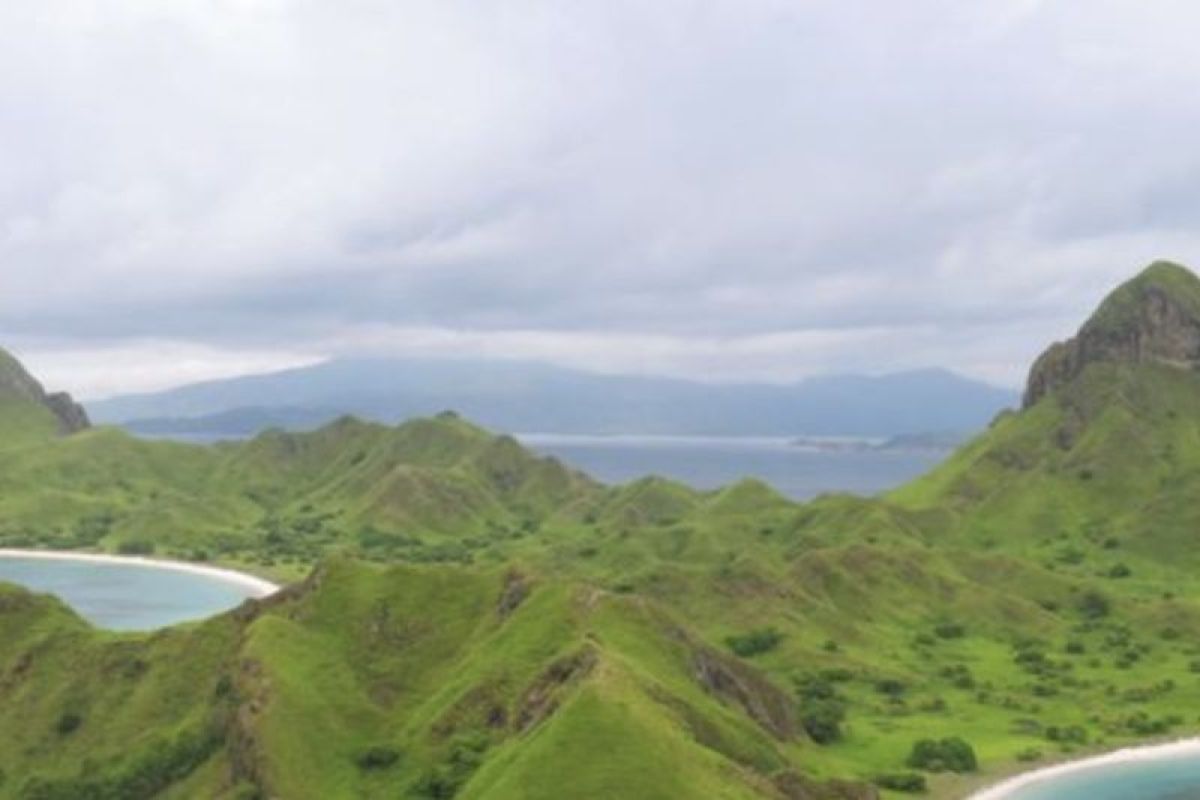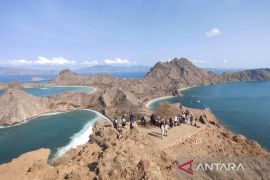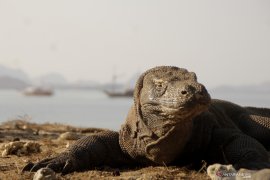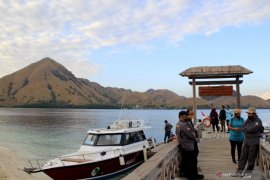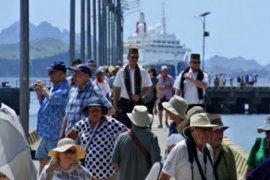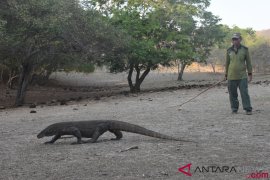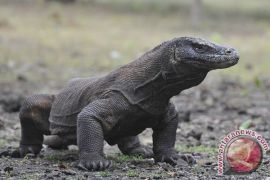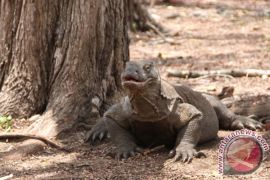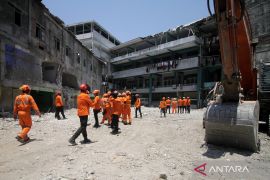In particular, the ministry will ensure all tourism facilities meet the Environmental Impact Assessment (EIA) standards laid down by the World Heritage Centre (WHC) and the International Union for Conservation of Nature (IUCN).
“As of now, the plan is still undergoing public consultation for the EIA document, following WH and IUCN standards,” head of the ministry’s public relations and international cooperation bureau, Krisdianto, said in a statement issued in Jakarta on Tuesday.
“The Indonesian government will not permit any construction until the EIA document is approved by the WHC and IUCN, as part of our commitment to protecting the site’s Outstanding Universal Value (OUV),” he added.
The EIA document was drafted based on recommendations from the 2022 Komodo National Park Reactive Monitoring Mission, as well as official decisions reached at the 46th WHC Session in Riyadh (2023) and the 47th WHC Session in Paris (2025).
Development will only proceed if all EIA recommendations are fulfilled and no risk is posed to the integrity of the World Heritage Site.
Related news: Wildlife Komodo launched for sustainable tourism at National Park
Krisdianto’s statement follows plans by PT Komodo Wildlife Ecotourism (PT KWE) to develop tourism facilities on Padar Island within the national park.
According to the official, nature-based tourism enterprises are mandated under Law No. 5/1990 in conjunction with Law No. 32/2024 and are permitted within designated Utilization Zones.
PT KWE has held a tourism facility business permit since 2014 under Ministerial Decree No. SK.796/Menhut-II/2014, with the designated site located within Padar Island’s Utilization Zone.
“To date, no tourism infrastructure development has taken place,” he confirmed.
Based on current plans, the development area will be strictly limited to ±15.375 hectares—or 5.64 percent of the total 274.13 hectares under the business license on Padar Island—not 426 hectares as previously reported. Construction will be executed in five phases across seven designated blocks.
Regarding environmental assessment, an impact study was conducted using a scientific and participatory approach.
The EIA document was prepared by a multidisciplinary team of experts. A consultation on the document was held with stakeholders, including local government officials, community leaders, NGOs, businesses, and academics, at a public forum in Labuan Bajo on July 23, 2025.
“The government is committed to ensuring that no development will negatively affect the conservation of the Komodo dragon or its habitat. Evaluation of the OUV—covering ecological, landscape, and sociocultural aspects—is the core of the assessment process,” Krisdianto said.
He further emphasized that the ministry respects public concern for the sustainability and preservation of the Komodo dragons and Padar Island.
Related news: Padar Island: A soulful journey into nature's masterpiece
Translator: Arnidyha, Azis Kurmala
Editor: Rahmad Nasution
Copyright © ANTARA 2025
